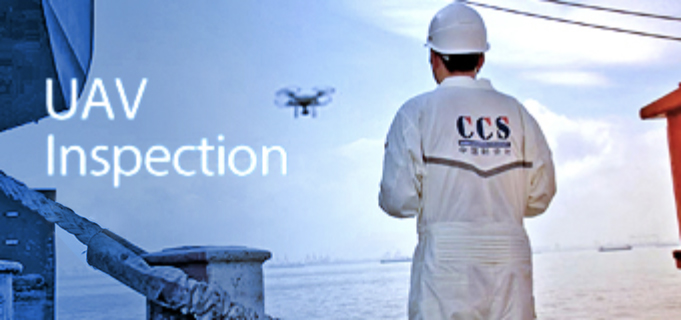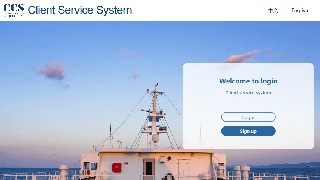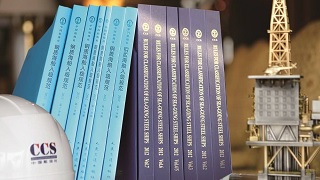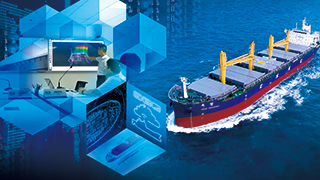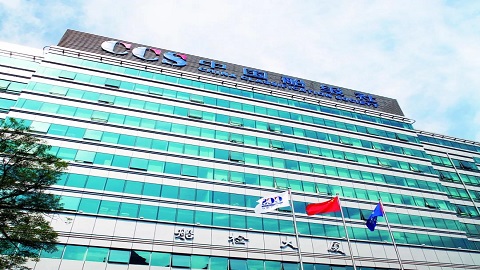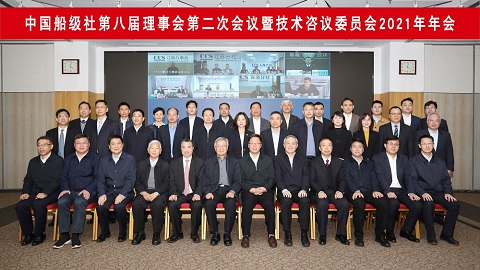I. Waterborne LNG industry chain
CCS Rules for Natural Gas Fueled Ships was
published in 2013. Since the Rules became effective, the number of LNG fueled
ships built or converted in accordance with CCS Rules for Natural Gas Fueled Ships is
over 290. To further expand its services, CCS has established a database of a
large number of technical solutions for ship conversion and shipbuilding, and
has published Rules for Classification and Construction of Liquefied Natural Gas
(LNG) Fueled Waterborne Bunkering Pontoons and Rules for Liquefied Natural Gas
Bunkering Ships to meet the new needs of the industry. In addition, several
small LNG carriers have been classified with CCS in recent years. Based on the
service experience of the FSU projects, CCS has the capabilities to provide
safe, efficient and green solutions to FSRUs and FSUs, etc.
1. LNG fueled ship
Rules and
Guidelines
+ Rules for
Natural Gas Fueled Ships (2017)
+ Risk analysis
manual in the IGF Code
Technical
service capabilities
+ Ship classification service
+ Technical and economic feasibility assessment
+ Design optimization and principle approval
+ Assessment of emission control solutions
+ Emergency plan development and evaluation
+ Engine room safety assessment and simulation
+ Escape gas control optimization design
+ Fuel containment system, fuel supply system and gas consumer
selection optimization
+ BOG optimized utilization
+ LNG power system test and verification (LNG system laboratory is
under construction)
+ Risk assessment
+ Training
Service cases
+ CCS provided classification service for more than 200 LNG fueled ships,
including inland river ships and sea-going ships
+ CCS cooperated with China International Marine Containers (Group) Co.,
Ltd (CIMC) to complete the research on the cold box leakage test of LNG fueled ships
+ LNG Ready solutions for large tankers, large ore carriers and very
large container ships
+ AiP Approval of fuel gas supply system (FGSS)
+ AiP Approval of 20/40 ft. LNG tank container

LNG
fueled tug “Hai Yang Shi You 521” (6500 horsepower)

LNG
dual fuel very large crude carrier (VLCC)
2. LNG bunkering ships/pontoons
Rules and
Guidelines
+ Rules
for Liquefied Natural Gas Bunkering Ships (2015)
+ Rules
for LNG Bunkering Pontoons (2017)
+ Guidelines
for LNG Fuel Bunkering Operation (2017)
Technical
service capabilities
+ Ship classification service
+ Development of LNG ship-to-ship bunkering operation manual
+ Risk assessment of LNG ship-to-ship bunkering (including simultaneous
operation)
+ Assessment of LNG ship-to-ship emergency response plan
+ Project demonstration (policy, economic and technical feasibility)
+ Construction of safety management system of ship companies
Service cases
+ More
than 10 LNG bunkering pontoons are classed with CCS
+ 1 inland LNG bunkering ship and 1 LNG bunkering ship of 8500m3
are classed with CCS
+ Risk assessment of ENN LNG bunkering station in Zhou Shan
+ Design
approval of CSCL tank truck to ship LNG bunkering solution
+ AiP issuance of GTT bunkering system of LNG bunkering ship of 10000m3
+ AiP issuance of Shanghai Design and Research Institute (SDARI) LNG
bunkering ship of 7500m3
+ AiP issuance of Dalian Shipbuilding Industry Co., Ltd LNG
bunkering ship of 16000m3

“Hai
Gang Xing 1 Hao” LNG bunkering pontoon

ENN
LNG bunkering ship of 8500m3
3. LNG FSU/FSRU
Rules and
Guidelines
+
Implementation Guidelines for Liquefied Natural Gas (LNG) Carriers
Serving as Floating Storage Units (FSUs) (2016)
+
Rules for the Construction and Equipment of Liquefied Natural Gas Floating Storage and Regasification Units
(2018)
+ Ship
to Ship Transfer Guidelines (2019)
Technical
service capabilities
+ Ship
classification service
+ Analysis of tank sloshing, mooring and anchoring, and seakeeping
performance
+
FSRU/LNGC relative motion analysis
+ Analysis
of ship to ship transfer operation compatibility
+ Key
technical analysis of cargo handling system
LNG FSU service
case
In
2016, the LNG carrier "Hai Yang Shi You 301" was leased to JSK to
operate as an LNG floating storage unit (FSU) at the Port of Bernoa, Indonesia,
and CCS provided the technical solution for the project.


LNG
carrier "Hai Yang Shi You 301" operating as FSU
II. Hydrogen fueled ships
CCS continues to conduct research on the application of
hydrogen fuel and fuel cells in ships, and has developed and published the
Guidelines for Ships Using Alternative Fuels, which puts forward safety
technical indicators for hydrogen fueled and fuel cell ships in terms of
layout, system design, fuel storage, fuel bunkering, auxiliary systems, etc.
Through technical means such as rules, guidelines and risk assessment, CCS
provides support for ensuring the safety of hydrogen fueled ships and achieving
zero water traffic emissions.
Rules and
Guidelines
+ Guidelines for
Ships Using Alternative Fuels (2017)
Technical
service capabilities
+ Ship classification
service
+ Fire safety
assessment
Service case
At Marintec China in
December 2019, CCS issued AIP approval for the design of China's first hydrogen
fuel pilot ship to China State Shipbuilding Corporation Limited (CSSC).

CCS issued AIP approval for the design
of China's first hydrogen fuel pilot ship
III. Lithium-ion battery powered ships
CCS
has carried out comprehensive research on marine lithium battery safety
technology. Through on-site plan approval, theoretical research and test
verification, CCS has developed the Guidelines for Survey of Purely Battery Powered
Ships, constructed the standard system for purely battery powered ships,
controlled the risks of application of lithium-ion battery on ships, provided
technical support and safety assurance for the comprehensive promotion of
battery powered ships in China, and introduced comprehensive solutions for
batteries and purely battery powered ships.
Rules and Guidelines
+ Guidelines for Survey
of Purely Battery Powered Ships (2019)
Technical
service capabilities
+ Ship classification service;
+ Model selection and capacity
calculation scheme of lithium-ion battery;
+ Optimization of battery
management system control strategy;
+ Design and layout optimization
of lithium battery cabin;
+ Optimization of electric
propulsion system scheme;
+ Container mobile power solution.
Service cases
Plan
approval service for reinforced fibre catamaran cruise ship in Yun Dang Lake,
Xiamen (Solar energy charges lithium iron phosphate battery which provides electric
propulsion to the ship);
Technical
support for 2000 ton coal carrier lithium iron phosphate battery + electric
propulsion;
Design
and optimization of control strategy of lithium battery cabin and battery
management system for purely battery powered channel yacht;
Design
and layout of lithium battery cabin, design optimization of battery management
system control strategy and classification service for “Jun Lv Hao” passenger
ferry.

IV. Risk assessment
CCS developed quantitative risk assessment
(QRA) service product, introduced one of the most advanced three-dimensional
computational fluid dynamics (CFD) software FLACS, and TNO’s two-dimensional
risk assessment software EFFECTS and RISKCURVES, to calculate disaster
consequences and risks, and provided customers with practical risk management
solutions.
Rules and Guidelines
+ Guidelines
for Quantitative Risk Assessment of Oil and Gas (2020)
Technical service capabilities
+ Hazard identification analysis (HAZID)/Hazard and
operability analysis (HAZOP)
+ Fire and explosion analysis (FEA)
+ Smoke diffusion analysis
+ Suggestions for optimization of structure
and layout
+
Delineation of individual risk contour curve and social risk F-N curve
+
Risk mitigation improvement and optimization measures

Delineation
of individual risk contour curve

Unit
smoke diffusion analysis
Note: If you need to reprint, please indicate the source of the information.

